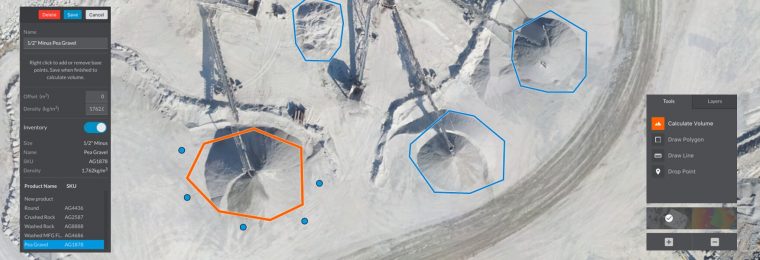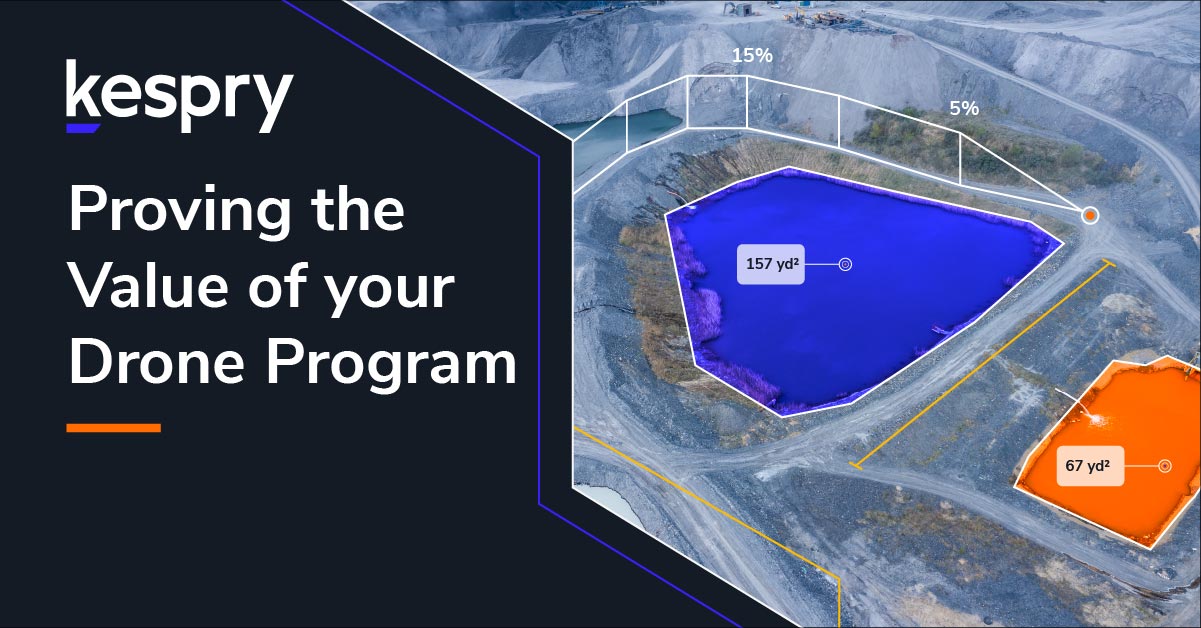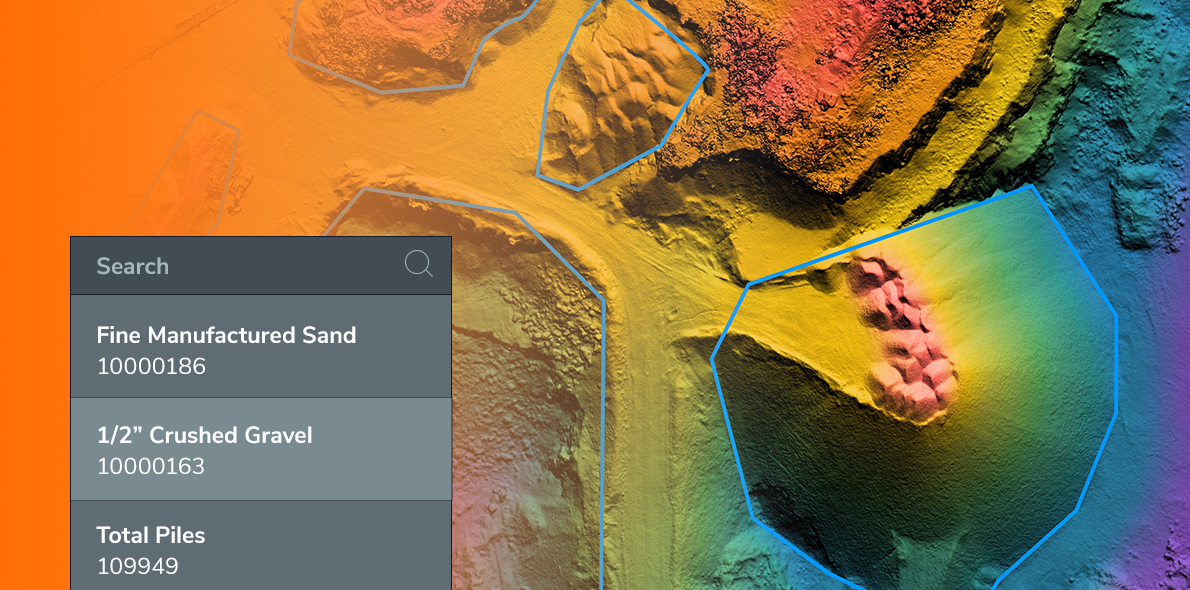Inventory management is a great example of this change. Before using drones, inventory was done quarterly or annually.
The process was expensive, tedious, and time-consuming. Collected data often conflicted with other forms of measurement, resulting in unpleasant surprises at the end of the year.
For aggregates companies who are now using drones to capture more accurate and frequent data, a common question is “How can we use this data to make our operation more efficient?”.
One of the biggest drone data benefits I’ve observed working with aggregates companies is better inventory management. Inventory measurement has become a monthly activity.
The shift from doing inventory quarterly or annually to monthly is a significant and valuable change. For aggregates companies who are considering moving to monthly inventory, I thought it might be helpful to share three of the many benefits.
#1: Keep Production On Target
When it comes to meeting and tracking production targets, a lot can happen in a few months. From incorrect measurements to miscalculating reserves, errors can be frequent and costly.
For aggregates companies who have increased their inventory measurement frequency to monthly, it’s reassuring to know that production numbers are exactly where they need to be, across all of their sites. Managers, COO’s and CFO’s are especially happy about being able to avoid production surprises.
Jim Gawthrop (VP, York Building Products) shared that flying as often as they’d like, across all of our their sites, enables his team to make sure that production numbers are on target.
If you’re able to identify a mismatch between production and calculated inventory, you are able to prevent write-downs and fix issues quickly. You can speak with the Plant Manager, put together an action plan, and set a follow-up date for a drone flight to confirm everything is on the up and up.
For Mike Moy (Operations Analyst, Lehigh Hanson) having frequent inventory data helps with their production splits – sand and gravel. Some areas have more sand and some are rockier. Using frequent drone data, they’re able to adjust operations in the pit to get the material they need.
#2: Confidently Fill Customer Orders
“Do we have that product on site?” or “Can we send that product to the customer next week?” are two common questions that are now answered much faster and more confidently. Committing a material to a customer and not being able to deliver on that commitment can jeopardize the relationship. Communicating accurate information empowers sales and enables them to meet customer needs. Ken Schumacher (CFO, Eucon Corporation) shared that being able to assess the level of product on hand, helps determine whether they can meet customer demands and deliver the product they need.
#3: Reduce Annual Write-Down Errors
How frustrating is it to be faced with a significant write-down at the end of the year and know that your data hasn’t been accurate? In that moment, how do you really know where you went wrong?
Whether you’re producing 5 million tons a year or 10 million tons, and have several million tons stockpiled at any given time or at year end, if you’re off by 5%, that’s a significant dollar figure which results in an inventory write-down. By frequently capturing accurate inventory data, write-down errors and unpleasant discussions are reduced.
Next steps
If you’re seeing value in the benefits of monthly inventory but wondering if your team can make the switch, here are a few solutions to three common roadblocks.
Finding the Time
How do you fit a drone flight into your already busy day? Scaling up a drone program doesn’t have to happen overnight. For companies that have a lot of quarries to cover or other tasks on their plate, I recommend starting with the quarries that had the biggest mismatch in your last inventory. Focus first on them to avoid the biggest write downs and scale out from there. You’ll save more time and resources, in the long run, by getting ahead of any problems.
Logistics of Collecting Data
Depending on the size of your operation, the logistics of drone operations can seem daunting. Check out these tips on organizing flight schedules across multiple locations.
Not Sharing Inventory Data
Once you have the inventory figures, share them with sales, accounting and operations.



